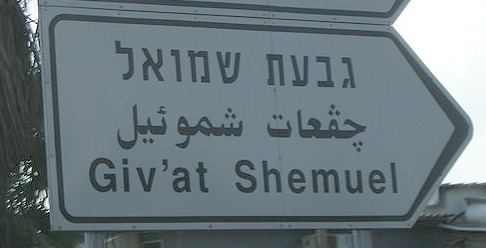 | ||
Che, or čīm (چ), is a letter of the Perso-Arabic alphabet, used to represent [t͡ʃ], and which derives from ǧīm (ج) by the addition of two dots. It is found with this value in other Arabic-derived scripts. It is used in Persian, Pashto, Kurdish, Azerbaijani, other Iranian languages and Urdu.
Other uses
In Israel, where official announcements are often trilingual, this letter is used as the letter gīm on roadsigns to represent [ɡ], when transcribing Hebrew or foreign names of places.
In Egypt, this letter represents [ʒ], which can be a reduction of /d͡ʒ/.
It can be used to transcribe [t͡ʃ] of Persian Gulf: Gulf Arabic and Iraqi Arabic, where they have that sound natively. In these countries and the rest of Arabic-speaking geographic regions, the combination of tāʾ-šīn (تش) is more likely used to transliterate the /t͡ʃ/ sound which is often realized as two consonants ([t]+[ʃ]) elsewhere; this letter combination is used for loanwords and foreign names, including those of Spanish origin in Moroccan Arabic. In the case of Moroccan Arabic, the letter ڜ is used instead to transliterate the /t͡ʃ/ sound aside from چ, this letter derives from šīn (ش) with additional 3 dots below.
For چ:
For ڜ:
